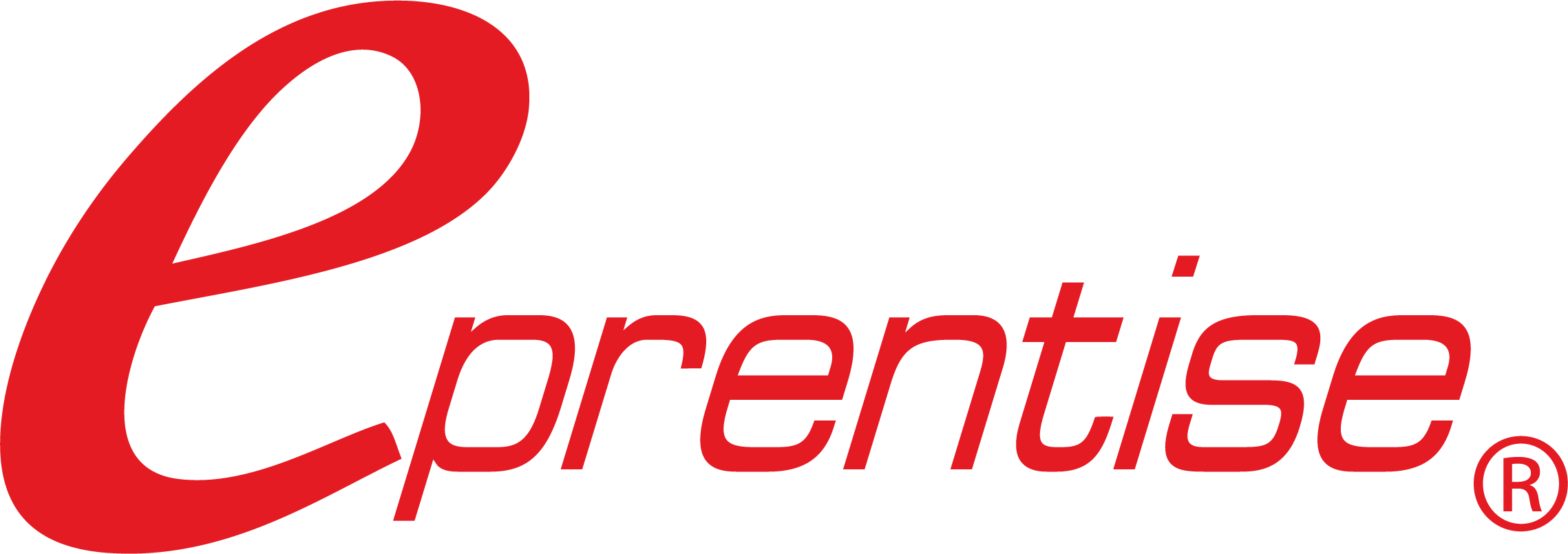A useful chart of accounts (COA) provides flexibility for recording and reporting financial
information, allows uniform management, and enhances communication. These nine fundamental
criteria for COA design in Oracle® E-Business Suite will allow your business to create a
forward-thinking chart of accounts to optimize growth and flexibility, while minimizing maintenance.
- Pass the “Mystery Accountant” Test – Do your segments answer the questions ‘Who, What, Where, Why, and How,’ giving your accounting flexfield the ability to classify each transaction?
- One Type of Information – Keeping information types unique to a single segment eliminates mistakes and solidifies consistency.
- Information Not Repeated – Your accounting flexfield should not repeat information that exists in other modules of EBS.
- Enough Room to Expand – In the design phase, overestimate your segment lengths to accommodate future values. What may seem like a lot today might be wholly inadequate in a few years.
- No Reliance on Spreadsheets – Eliminating spreadsheets promotes a streamlined workflow, reduces resource requirements and maintenance, and removes the need to integrate your EBS environment with third-party applications.
- Use Logical Ranges – Ranging values logically promotes streamlined reporting, security and maintenance.
- Avoid Alpha Characters – Using alpha characters will create problems in sequencing and sorting data in reports, assigning codes, using ranges, and when creating rules. Some companies reserve them for Parent Accounts. Avoid if you can.
- Make Use of an Analysis Segment – Use of an analysis or local segment can enable a global COA, despite different local regulatory requirements. Define a separate set of value ranges by country that triggers create accounting rules to make corresponding entries in your local statutory secondary ledgers.
- Move to a Global Chart of Accounts – A single, global chart of accounts reduces the time spent compiling, reconciling, and consolidating data from disparate systems and spreadsheets and reduces the close time between the different modules and the general ledger.






